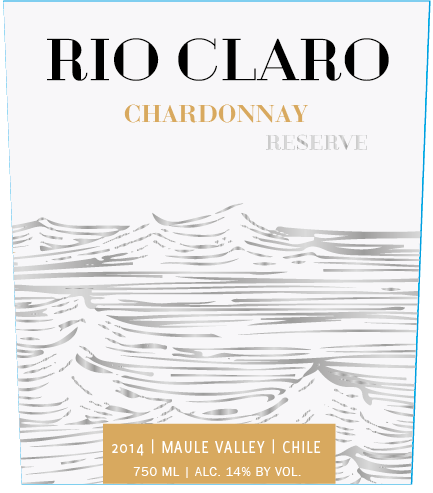2014 Maule Valley Chardonnay
The Rio Claro Chardonnay from the esteemed Maule Valley is a delightful expression of this beloved varietal, showcasing a radiant white hue that hints at its elegance. With its medium body, this wine offers a harmoniously balanced acidity that refreshes the palate, making it an invigorating choice for warm days or festive gatherings. The fruit intensity is quite prominent, revealing lush flavors of ripe stone fruits, complemented by a subtle touch of citrus that adds brightness. Its dryness enhances the overall crispness, allowing for a clean finish that lingers beautifully. This Chardonnay is a testament to the excellent terroir of Maule Valley, reflecting both the region's rich winemaking heritage and the vibrant character of the grape.
The Rio Claro Chardonnay from the esteemed Maule Valley is a delightful expression of this beloved varietal, showcasing a radiant white hue that hints at its elegance. With its medium body, this wine offers a harmoniously balanced acidity that refreshes the palate, making it an invigorating choice for warm days or festive gatherings. The fruit intensity is quite prominent, revealing lush flavors of ripe stone fruits, complemented by a subtle touch of citrus that adds brightness. Its dryness enhances the overall crispness, allowing for a clean finish that lingers beautifully. This Chardonnay is a testament to the excellent terroir of Maule Valley, reflecting both the region's rich winemaking heritage and the vibrant character of the grape.




